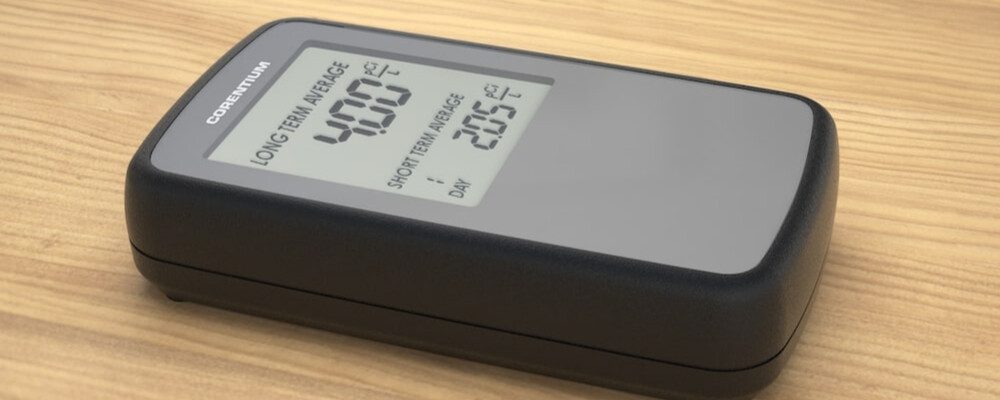How to Test for Radon

Radon is a naturally occurring gas that’s found at low levels outdoors; however, it tends to concentrate indoors, and at high concentrations, exposure can cause lung cancer. In fact, it’s estimated that Radon poisoning causes thousands of cases of lung cancer in the U.S. each year and is responsible for more deaths than drunk driving, drownings, home fires, and accidental falls.
Whether you’re wondering about how to prepare for a Radon test, or you’d like to know how long a Radon test takes, or you’re wondering, “How does Radon testing work?”, read on to learn everything you need to know. If you think you need the help of a home inspector, don’t hesitate to reach out to BrickKicker in Naperville, IL!
What is Radon?
Radon gas is caused by the natural breakdown of Uranium in the water, soil, and air. If your house happens to have a higher concentration than 4 picocuries per liter, it’s imperative that you work to reduce its concentration in your Aurora home. Read on to learn about how to test for Radon.
How Does Radon Testing Work?
You’ll have three options when it comes to how to test for Radon. The safest bet is to hire a home inspector to perform a professional inspection. BrickKicker is happy to help you out, but if you prefer to do it yourself, you’ll want to procure a short-term Radon test or long-term Radon test.
- Short-term Radon Tests: Radon levels vary from day-to-day. A short-term Radon test measures those levels across a shorter period of time than a long-term test. How long does a short-term Radon test take? From between two and ninety days. This type of test is less accurate than a long-term test, but if you’re anxious, it will provide you with more immediate results.
- Long-term Radon Tests: A long-term test is any Radon detector that requires you to leave it in your house for longer than ninety days. These tests will give you a much better idea of what the average yearly Radon levels in your house are.
We recommend performing a short-term test first. If the Radon levels seem a little high, perform a long-term test for definitive results. Anything above 1.3 pCi/L should be followed with a long-term test.
How to Prepare for a Radon Test
When using a short-term test kit that provides results in less than four days, you’ll want to make sure that all of your windows and doors are closed twelve hours prior to the test. Any fans that draw air from outside and circulate it through your house should be turned off.
Regardless of which type of test you use, you should place it on the lowest “lived-in” area of your house. That said, do not place the kit in the kitchen or bathroom. Once you’ve settled on a room, put the kit on a surface 20 inches above the floor. Make sure that it isn’t near a draft or in a damp area. Then leave the test kit there for the amount of time specified in the instructions. Once that time has passed, mail the kit to a test lab using the packaging supplied with the test.
Let BrickKicker Help!
1 in 15 homes has high levels of a Radon, and new homebuyers are well-aware of the dangers that Radon poses. If you’re planning to sell your house, and you’d like to ensure that you’re passing a safe home onto the next owners in Chicagoland, get in touch with BrickKicker. Our home inspectors can give your home a deep and careful inspection to make sure that it’s in top-top shape, safe for its next owners, and ready to sell at full value. If you have other home care concerns, take a moment to explore our blog!